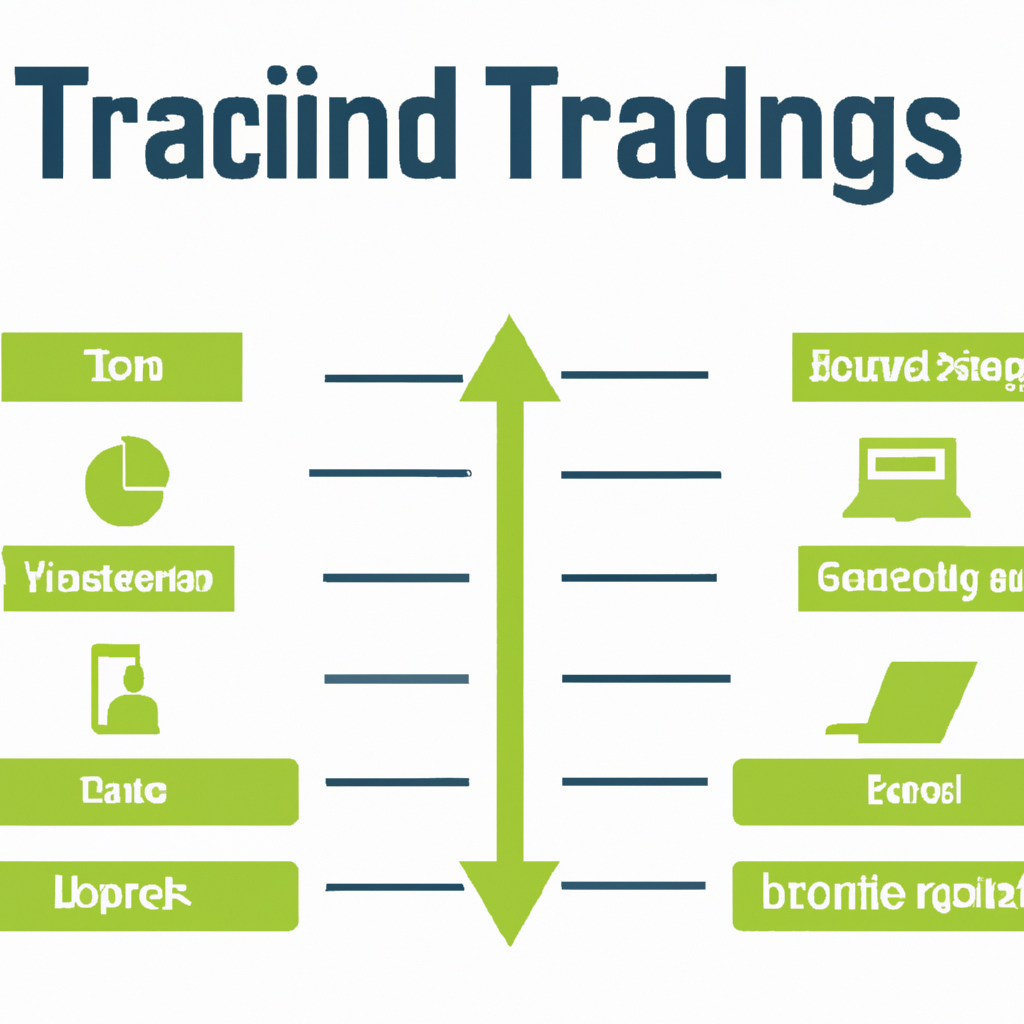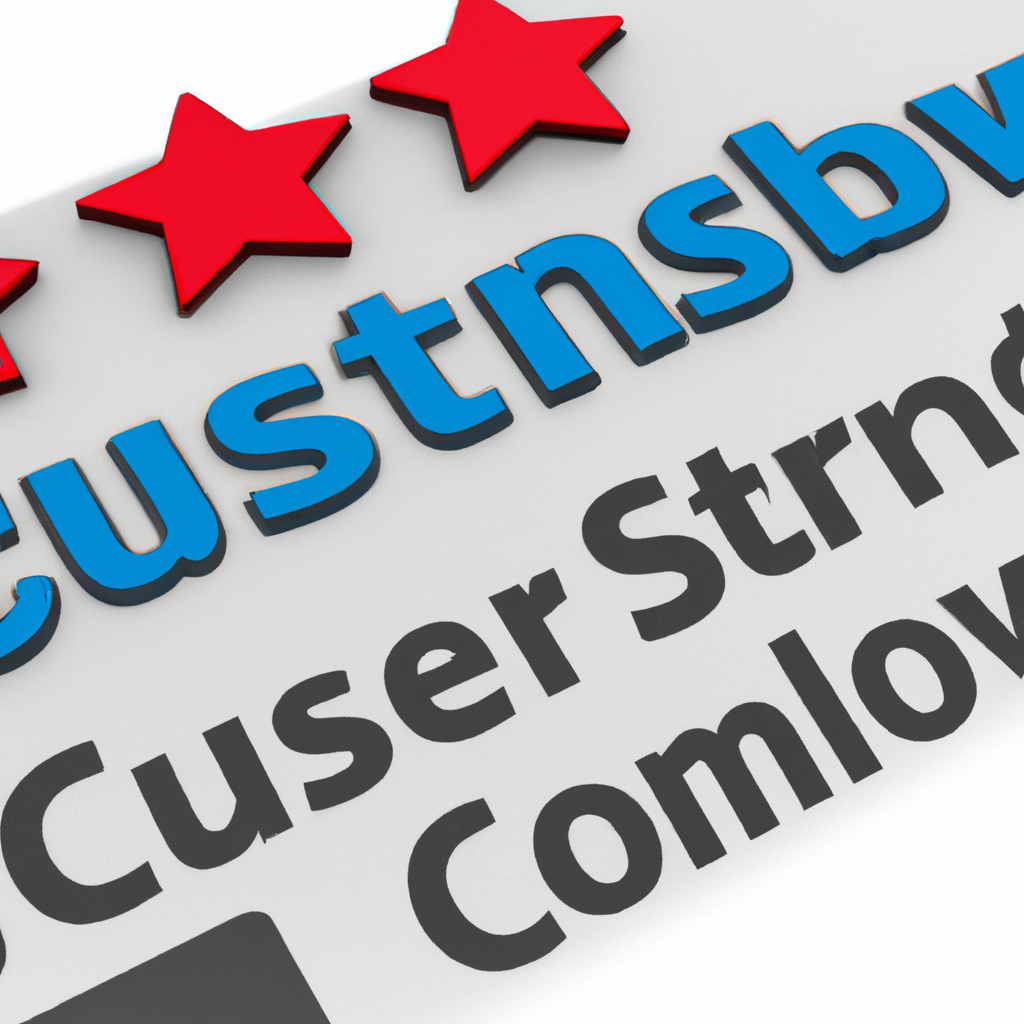Comparison of Trading Account Features
Introduction
When it comes to trading in the financial markets, having the right trading account can make a significant difference in your overall experience and success. Different trading platforms offer various features and functionalities that cater to the needs of different traders. In this article, we will compare some of the key features of trading accounts to help you make an informed decision.
Account Types
1. Standard Account
A standard trading account is the most common type offered by brokers. It usually requires a minimum deposit and provides access to a wide range of financial instruments. Standard accounts often have fixed or variable spreads, and traders can choose between different leverage options.
2. Mini Account
A mini account is designed for traders who want to start with smaller investments. It typically requires a lower minimum deposit compared to a standard account. Mini accounts often have higher spreads and lower leverage options.
3. Islamic Account
Islamic trading accounts, also known as swap-free accounts, are tailored to meet the needs of Muslim traders who follow Sharia law. These accounts do not charge or pay interest on overnight positions, complying with Islamic principles.
Trading Platforms
1. MetaTrader 4 (MT4)
MT4 is one of the most popular trading platforms in the industry. It offers a user-friendly interface, advanced charting tools, and a wide range of technical indicators. MT4 also supports automated trading through Expert Advisors (EAs) and provides access to a vast marketplace of third-party trading tools.
2. MetaTrader 5 (MT5)
MT5 is the successor to MT4 and offers additional features and improvements. It provides enhanced order execution, more advanced analytical tools, and a broader range of financial instruments. MT5 also supports a multi-asset trading experience, allowing traders to access stocks, commodities, and cryptocurrencies in addition to forex.
3. Web-based Platforms
Web-based trading platforms allow traders to access their accounts through a web browser without the need to download or install any software. These platforms offer convenience and flexibility, as they can be accessed from any device with an internet connection. However, they may have limited features compared to dedicated desktop or mobile applications.
Order Types
1. Market Orders
Market orders are executed at the best available price in the market. They are used when traders want to enter or exit a position immediately, regardless of the current price.
2. Limit Orders
Limit orders allow traders to set a specific price at which they want to buy or sell an asset. These orders are not executed immediately but are placed in the market until the desired price is reached.
3. Stop Orders
Stop orders are used to limit losses or protect profits. A stop order becomes a market order once the price reaches a specified level, triggering an automatic execution.
Additional Features
1. Demo Accounts
Demo accounts allow traders to practice trading without risking real money. They provide a simulated trading environment where traders can test strategies and familiarize themselves with the platform.
2. Educational Resources
Some trading accounts offer educational resources such as tutorials, webinars, and market analysis to help traders improve their knowledge and skills.
3. Customer Support
Good customer support is crucial when trading in financial markets. Look for trading accounts that offer responsive customer support through various channels like live chat, email, or phone.
Conclusion
Choosing the right trading account features is essential for a successful trading experience. Consider your trading goals, account type preferences, and the features that are most important to you. By comparing the various options available, you can find a trading account that suits your needs and helps you achieve your financial objectives.



